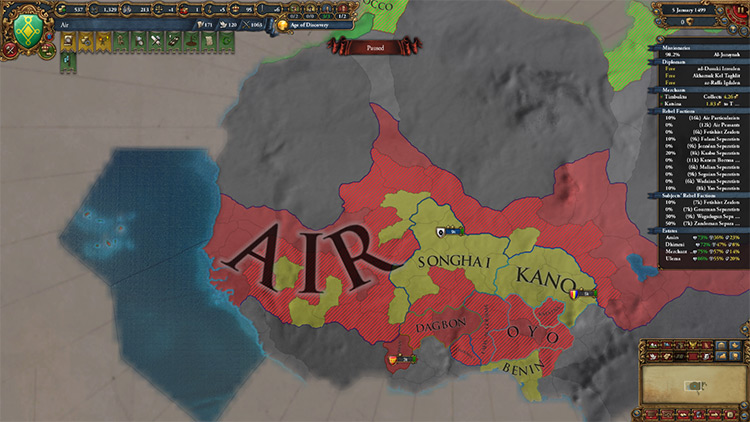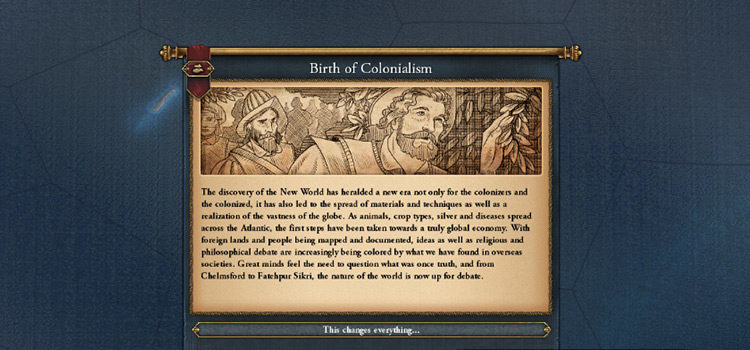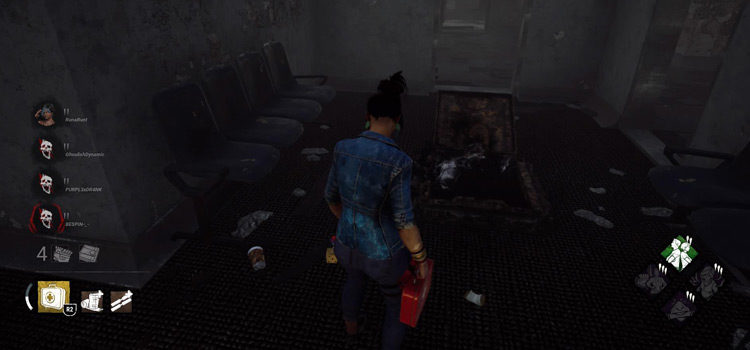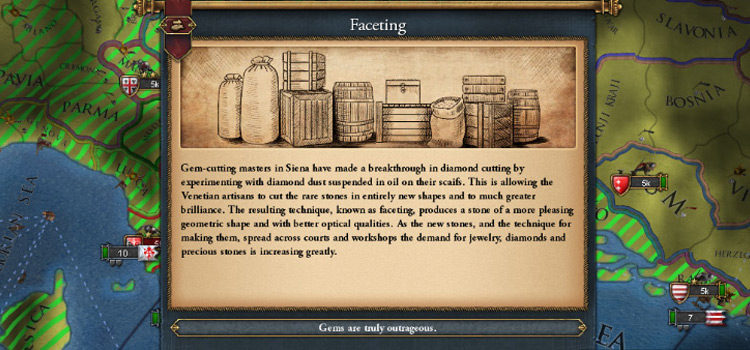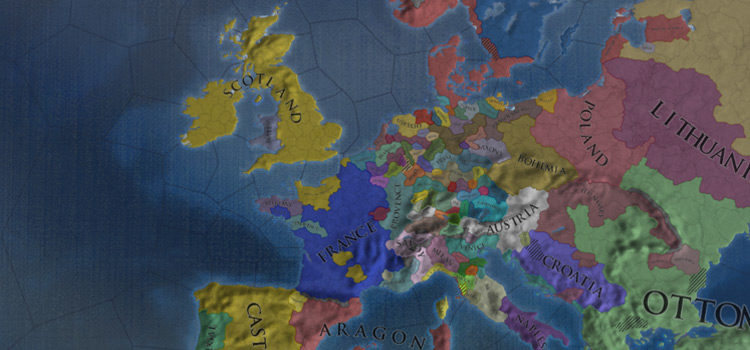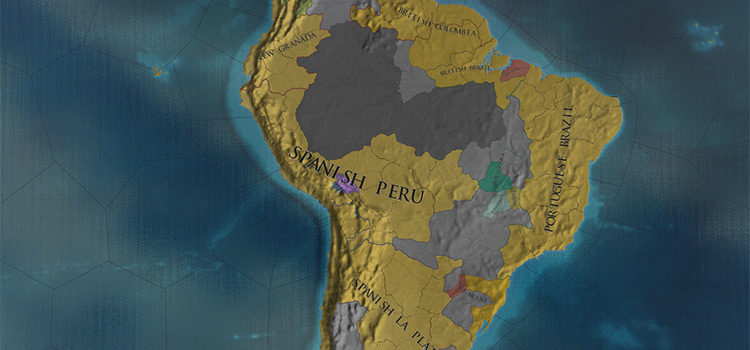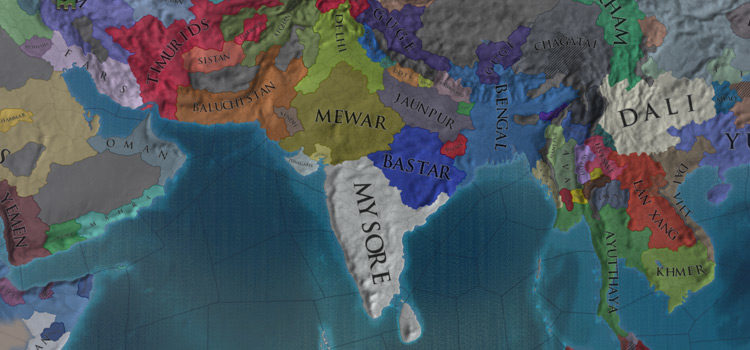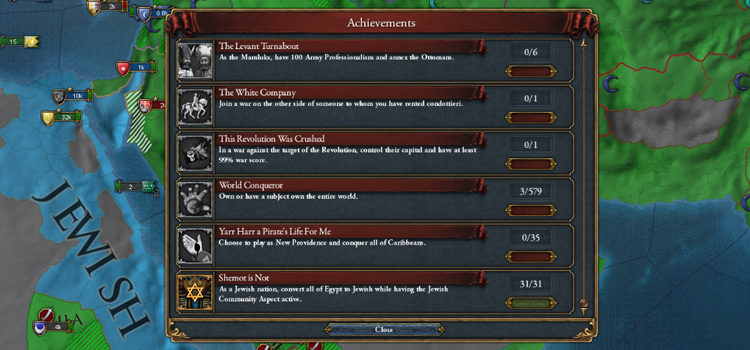EU4: How To Spawn Institutions (Outside of Europe)
This post may contain affiliate links. If you buy something we may get a small commission at no extra cost to you. (Learn more).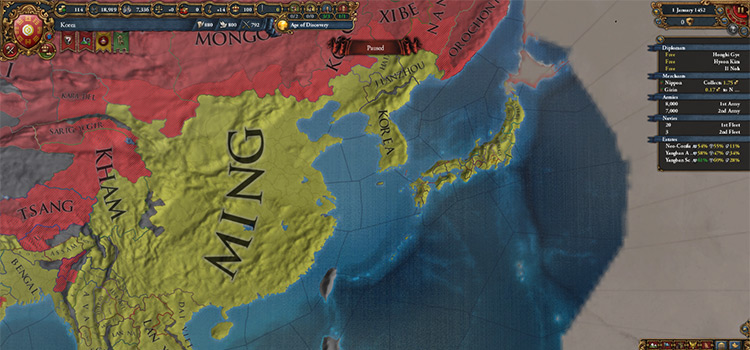
Unless you are playing in Europe, you will have a hard time embracing institutions. Especially the earlier ones.
If you’re playing outside of Europe, your only option is to forcibly make the institution spread to a province by massively developing it.
Embracing institutions is vital for your nation’s technological advancements. You will quickly find yourself behind in tech after you skip even a single institution for an extended period.
Spread of Institutions in EU4
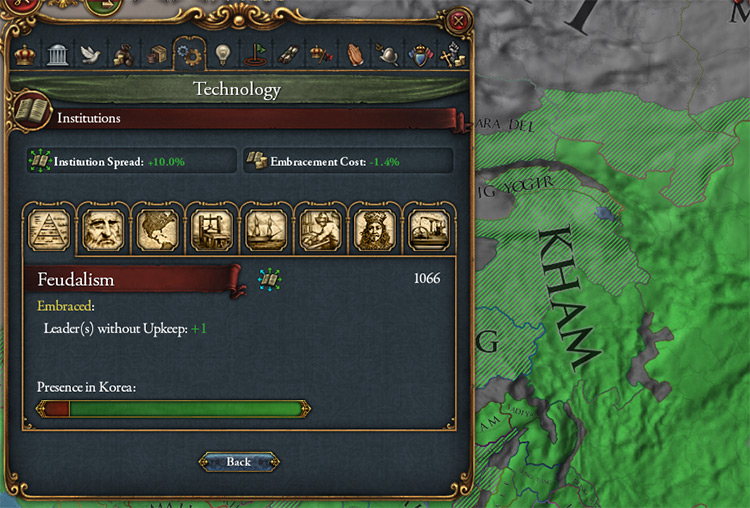
The game has 8 institutions in total.
Feudalism exists at the game’s start and is embraced by most non-tribal nations. The rest of them will periodically spawn (every 50 years or so) in a province that fulfills certain requirements. The provinces that fulfill these are usually situated in Europe.
After spawning in their initial province, institutions will spread to other provinces based on several criteria. Each institution has different criteria that need to be fulfilled.
Most of these can be met by constructing buildings and developing your trade. However, the first three institutions that appear (aside from the already existing feudalism) will certainly spawn in Europe (assuming no player intervention in the case of “Colonialism”). On top of that, they can only spread to nearby provinces, or in the case of “Printing Press”, to specific Christian provinces in or near Europe.
This essentially means that the rest of the world must wait until these institutions slowly spread from province to province, and eventually reach them.
Importance of Institutions
Embracing an institution provides an instant small bonus to your nation (for example embracing the “renaissance” gives you a -5% construction and development cost).
But this is not the main reason you want to embrace them as soon as possible.
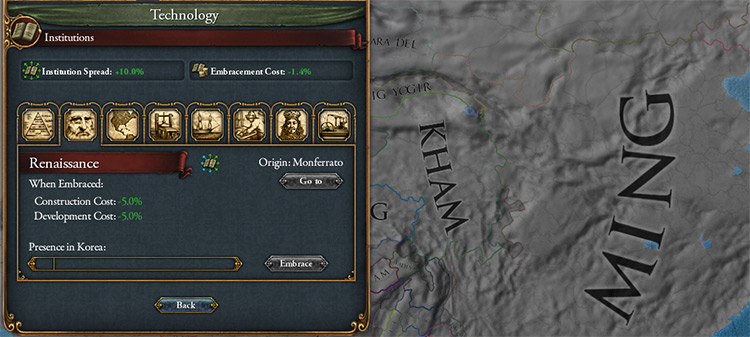
The main effect institutions have on a nation is on the subject of technology. You can only research up to a tech level without penalties from unembraced institutions.
Upon reaching that, you will start suffering increasing maluses, starting from +15% cost and quickly reaching +50% cost for a single institution.
These penalties stack for each unembraced institution. This means that if you want to tech up with two unembraced institutions, you may end up suffering a +100% cost penalty.
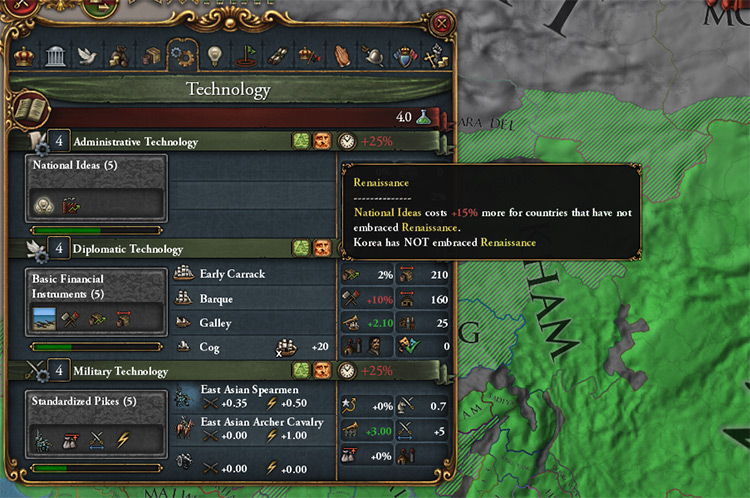
It’s obvious that you won’t want to pay so much more for each technology you level up. That is why you should make sure you embrace institutions the soonest you can.
However, military technology can be worth it in some cases. If the institution is close to reaching your nation (if you are playing close to Europe) you can wait for it to organically spread. In these cases, leveling up with the malus one or two times can be the correct course of action.
How to Forcibly Spawn an Institution
Developing a province will also increase its progress towards the oldest unembraced institution. This increase depends on the province’s development. It is equal to 0.666 for a 3 development province and increases by approximately 0.167 for each point of development after that.
This means that a province with 5 development will increase its progress by 1.00 and one with 9 development by 1.66.
This value is unaffected by “institution spread” modifiers.
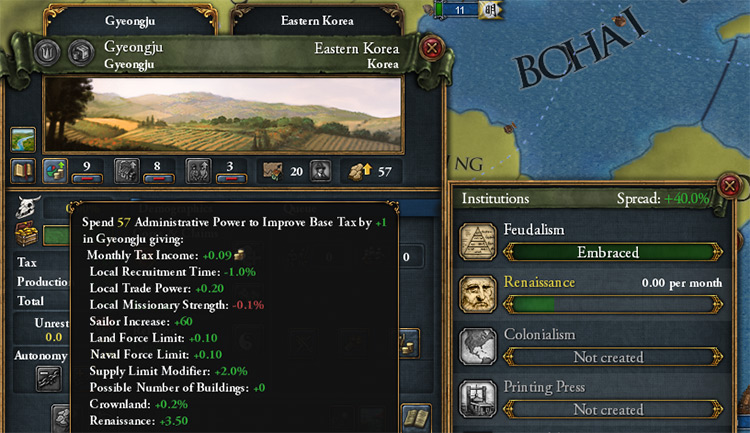
Where To Develop for an Institution
The amount a province’s progress towards embracing an institution is not considerable.
This means you will have to spread a lot of monarch points to achieve it. It is worth it though, as these are points you would otherwise have lost by paying the increased cost each time you leveled up in technology.
Naturally, you want to choose a province that is cheap to develop in. Ideally one with as little development as possible. The cost of developing a province stiffly raises the higher the development already is.
A province’s cost of developing depends on several factors:
1. Terrain
Farmlands provinces are the best candidates, providing a -5% cost.
2. Climate
Climate can only affect the cost negatively, increasing it. Extreme climate will have detrimental effects on development.
3. Trade goods produced
Cloth and Cotton producing provinces get a -10% development cost in them.
4. Centers of Trade
At level 2 they provide a -5% cost in the province.
At level 3 they provide a -10% cost in the entire state.
5. Prosperity
A prosperous state gives a -10% cost to all provinces in it.
6. Capital province
Developing in your capital significantly reduces development cost, scaling with how much total development your nation has.
7. Events, decisions, and mission rewards
All of these can increase or decrease the development cost in all or in certain provinces in your nation.
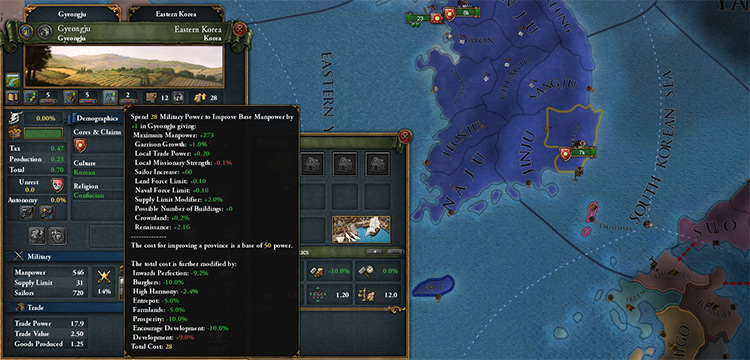
Aside from province specific modifiers there are also ones that apply globally to your entire nation.
Some easily attainable ones are:
- Loyal and influential Burghers estate – It provides a -10% development cost. You should always make sure you have this when developing. It will save you lots of monarch points.
- National Ideas – A few nations have ideas giving them reduced development cost.
- Estate privileges – Some estate’s privileges (the Jain estate for example) provide reduced development cost.
- Events, decisions, and mission rewards – There are a lot of missions and events that provide your nation with temporary reduced development cost.
After taking a good look into your nation, you should easily spot the most efficient province to develop into. A good example is the province in the picture above, which is Korea’s cheapest province to develop in.
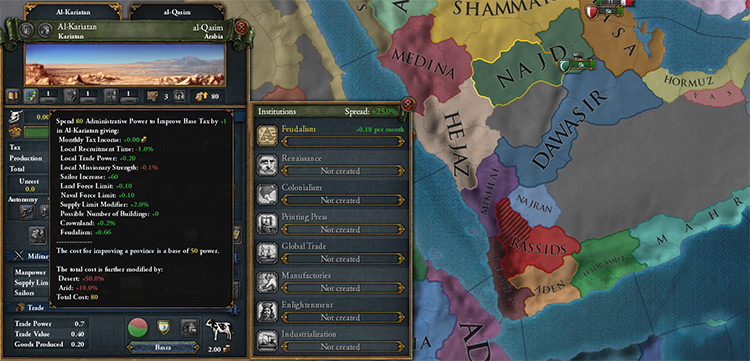
Make sure you have loyal burghers and prosperity in the state (if possible). Also make sure you do not accidentally have any maluses on development cost you forgot about.
When Should You Develop for an Institution?
The answer is as soon as possible.
Although, there will be cases where you lack the necessary monarch points. Especially in situations where you need to keep up to military tech with your neighbors.
You may also be in a position with no cheap provinces to develop. In that case, plan to conquer some suitable provinces from your neighbors to develop the institution in.
Advancing some technologies by paying the initial +15% cost of not having an institution embraced is not the end of the world. Even a bigger malus than that can be worth it to maintain parity – or get ahead – in military tech.
Of course, if you are achievement hunting and plan to end the campaign soon, you can even opt to eat the extra cost for a few technologies and not bother developing for the institution. This is the case in the screenshot below.
